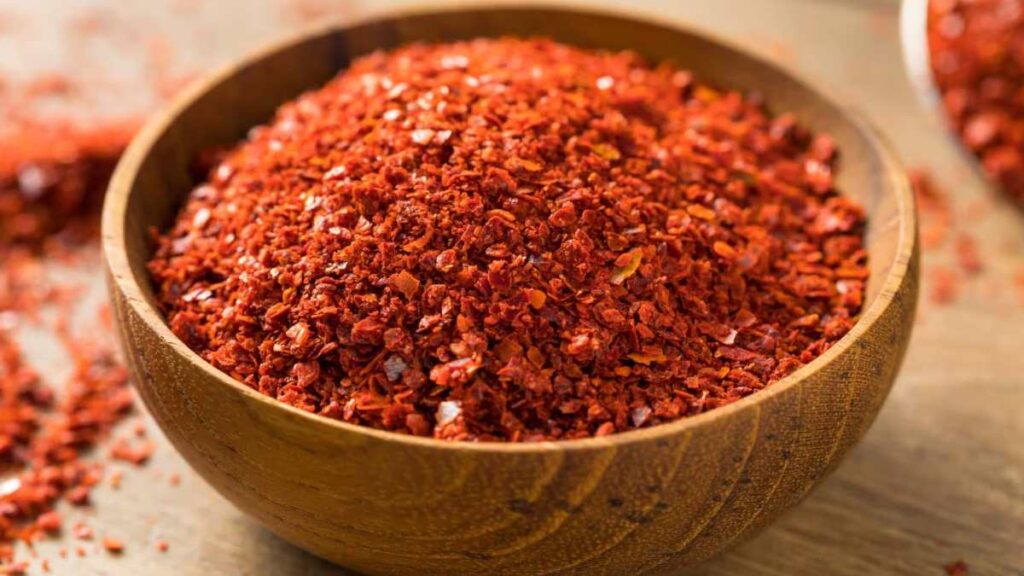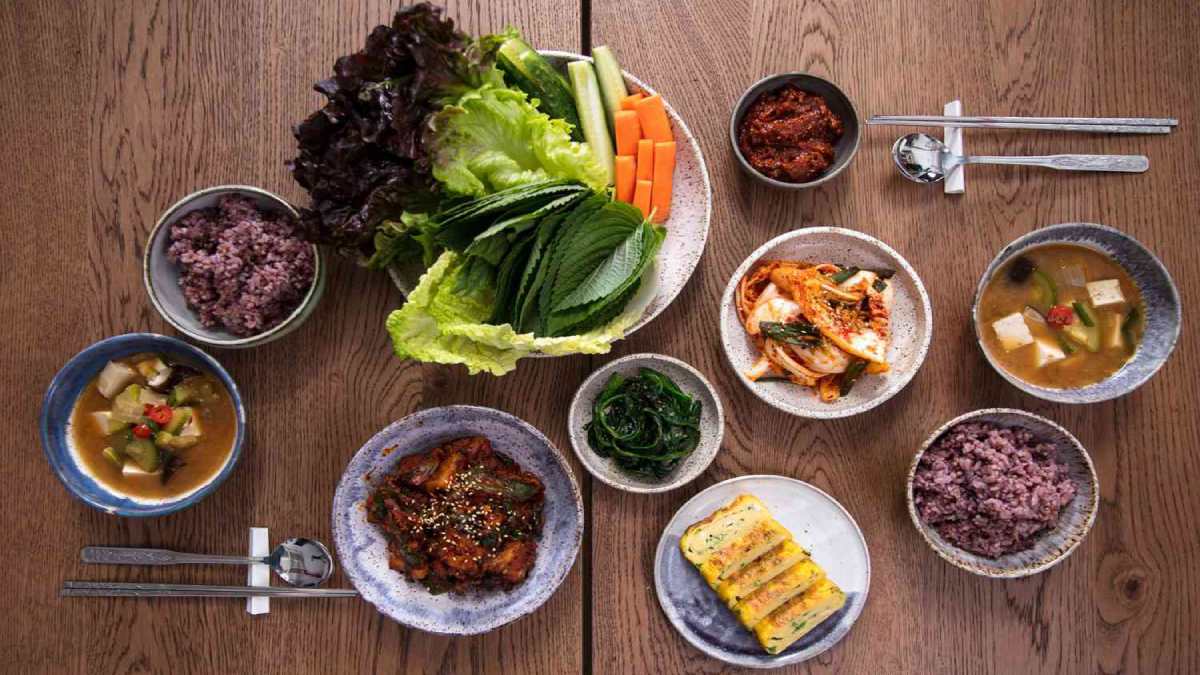Click here to read the Spanish version.
Although the number of Italian, Chinese and Japanese restaurants continue to populate the general restaurant scene, there is one cuisine that has burst onto the scene in recent years: Korean food. It is currently one of the trendiest cuisines and more and more new restaurants are opening. Like other Asian cuisines, these are exotic recipes, with lots of vegetables, meat, seafood, fermented foods, spices and spiciness, whose dishes are often unpronounceable in the Western world due to the language barrier. Aware of this problem, linguist Elly Kim and her company Promova have created an educational guide to facilitate the knowledge of the most popular Korean food dishes, which includes the Korean spelling, pronunciation and a description of each recipe.
Kim has shared some of his concepts with Forbes magazine. So if you haven’t tried Korean food yet, because you didn’t quite know what you were going to eat, this guide will come in handy.
The 26 most popular dishes in Korean cuisine
- Kimchi 김치 (kim-chi). It is a garnish for salted and fermented vegetables (such as Chinese cabbage).
- Bibimbap 비빔밥 (pi-bim-pab). This is a rice dish usually served with meat and assorted vegetables.
- Naengmyeon 냉면 (neng-myeong). They are frozen noodles.
- Japchae 잡채 (chap-che). Glass noodles with mixed vegetables and meat.
- Banchan 반찬 (pan-chan). It is a garnish or side dish.
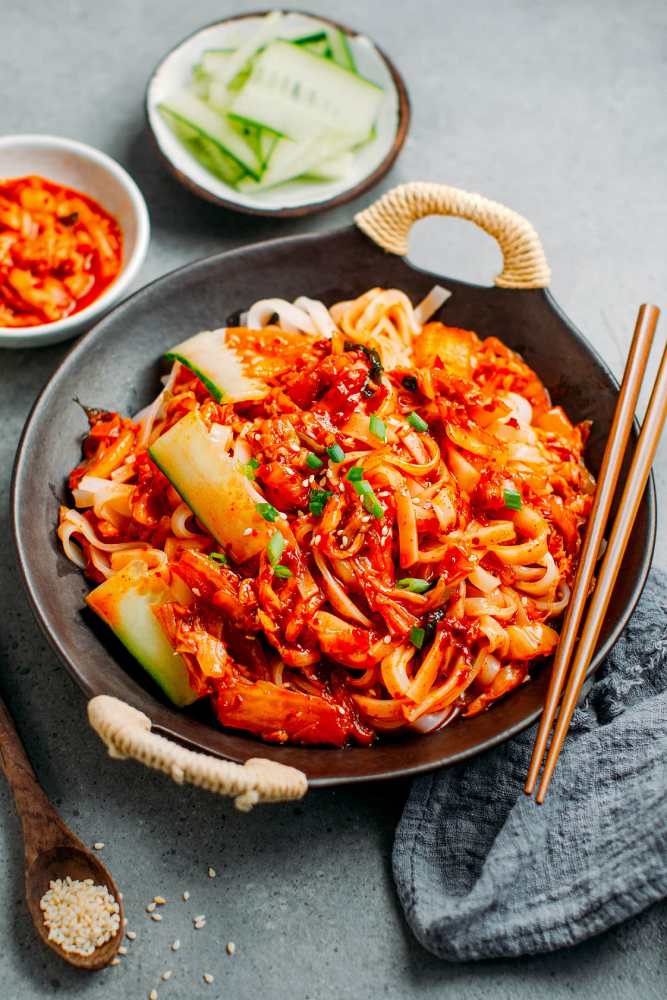
- Mandu 만두 (man-du). They are pasties.
- Doenjang-jjigae 된장찌개 (twen-jang-jji-ge). It is a soybean paste stew.
- Ramyung 라면 (la-myeon). Typical instant noodles.
- Kimchi-jjigae 김치찌개 (kim-chi-jji-ge). It is a kind of kimchi stew.
- Miyeok-guk 미역국 (mi-yeok-kuk). Non-spicy seaweed soup, also called “birthday soup”.
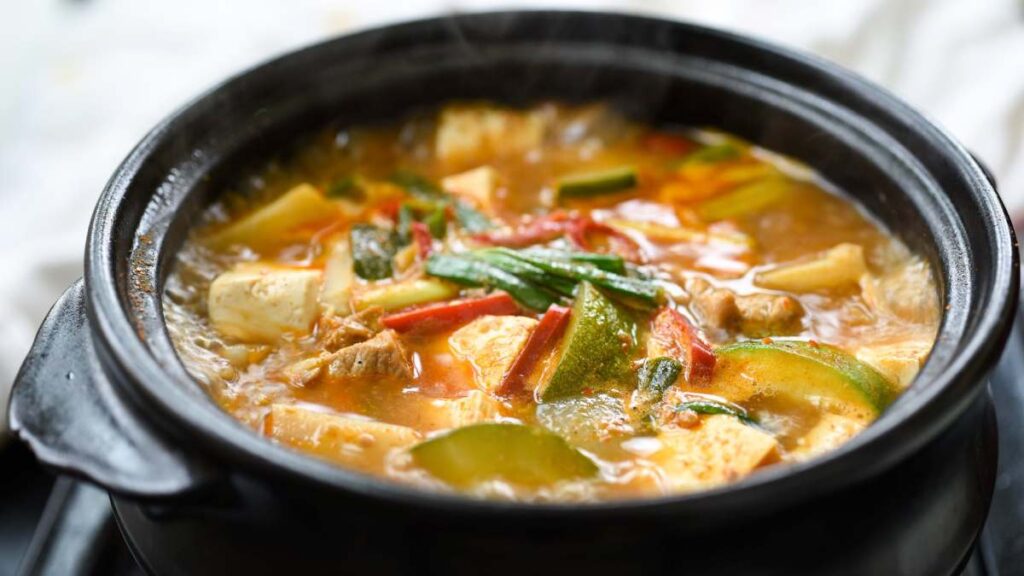
- Eomuk 어묵 (eo-muk). It is a dish made with dough and ground fish (fish cakes).
- Twigim 튀김 (twi-gim). Any fried food, including vegetables and seafood.
- Gimbap 김밥 (kim-pap). It is rice cooked with vegetables and other ingredients rolled in a sheet of dried seaweed.
- Koneudogeu 콘도그 (ko-neu-do-geu). It is the popular corn dog.
- Dakgangjeong 닭강정 (tak-kang-jeong). They are sweet and spicy, crispy fried chicken bites.
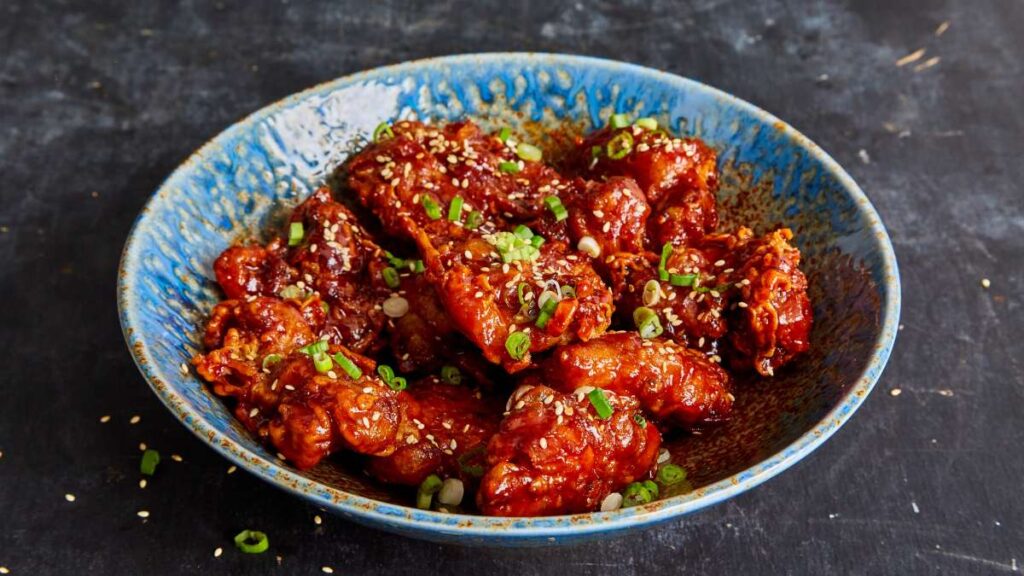
- Kkwabaegi 꽈배기 (kkwa-be-gi). They are twisted doughnuts covered in sugar.
- Hotteok 호떡 (ho-tteok). It is a type of pancake usually filled with brown sugar, cinnamon and walnuts.
- Bungeop-pang 붕어빵 (pung-o-ppang). Fish-shaped puff pastry filled with sweet red beans.
- Gun-goguma 군고구마 (kun-ko-gu-ma). They are basically roasted sweet potatoes.
- Gochujang 고추장 (ko-chu-jang). It is a red chilli paste.
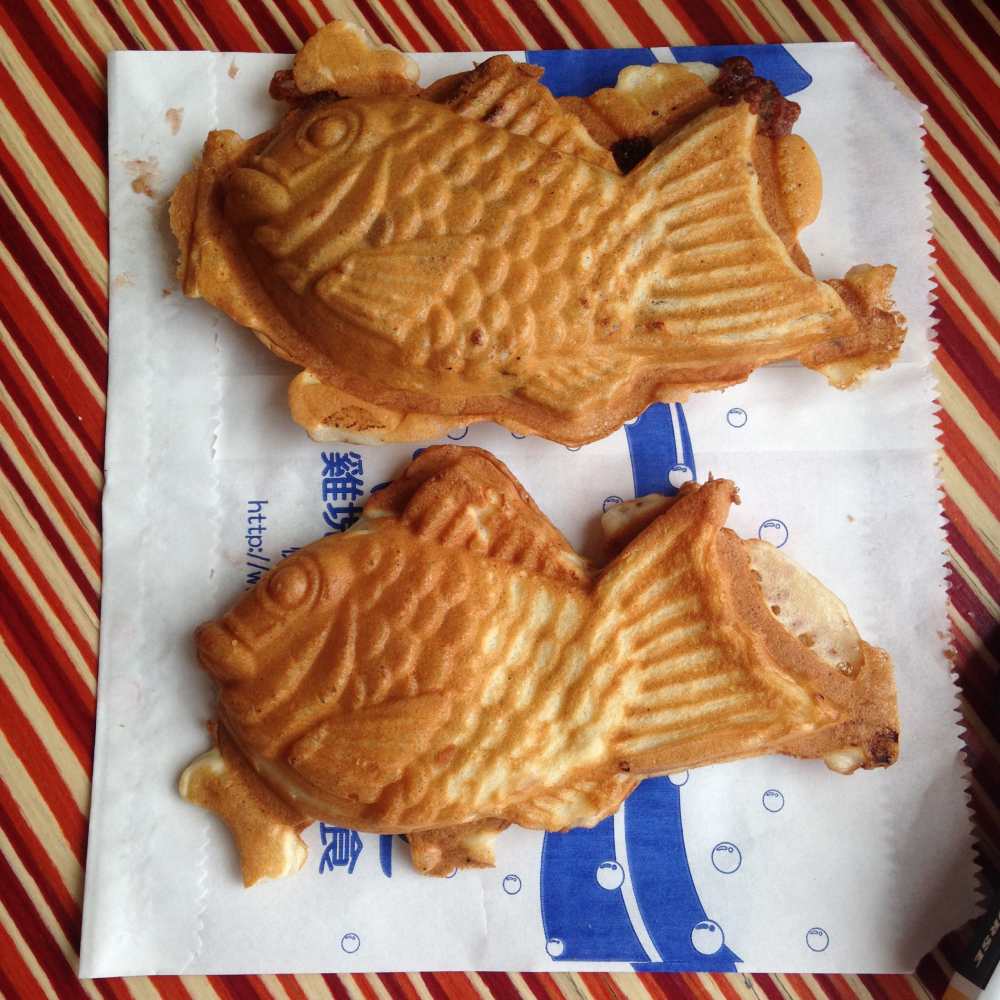
- Gochugaru 고춧가루 (ko-chu-ka-ru). Dried red pepper flakes.
- Chamgireum 참기름 (cham-ki-reum). It is sesame oil.
- Baechu 배추 (pe-chu). It is Chinese cabbage, a staple of this cuisine.
- Dubu 두부 (tu-bu). It is the tofu or soya product.
- Kaennip 깻잎 (kken-nip). It is a sesame leaf.
- Gim 김 (kim). It is a seaweed.
